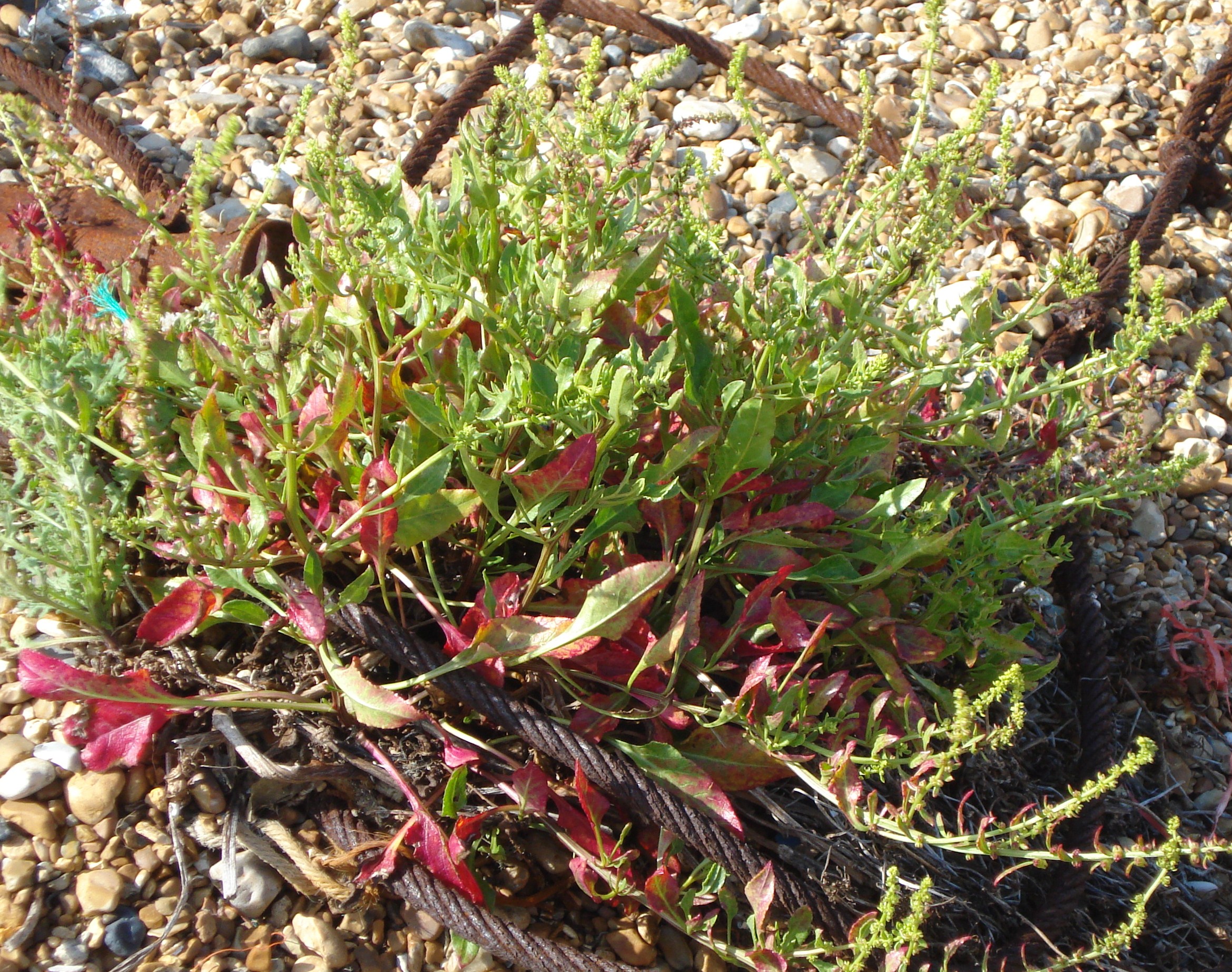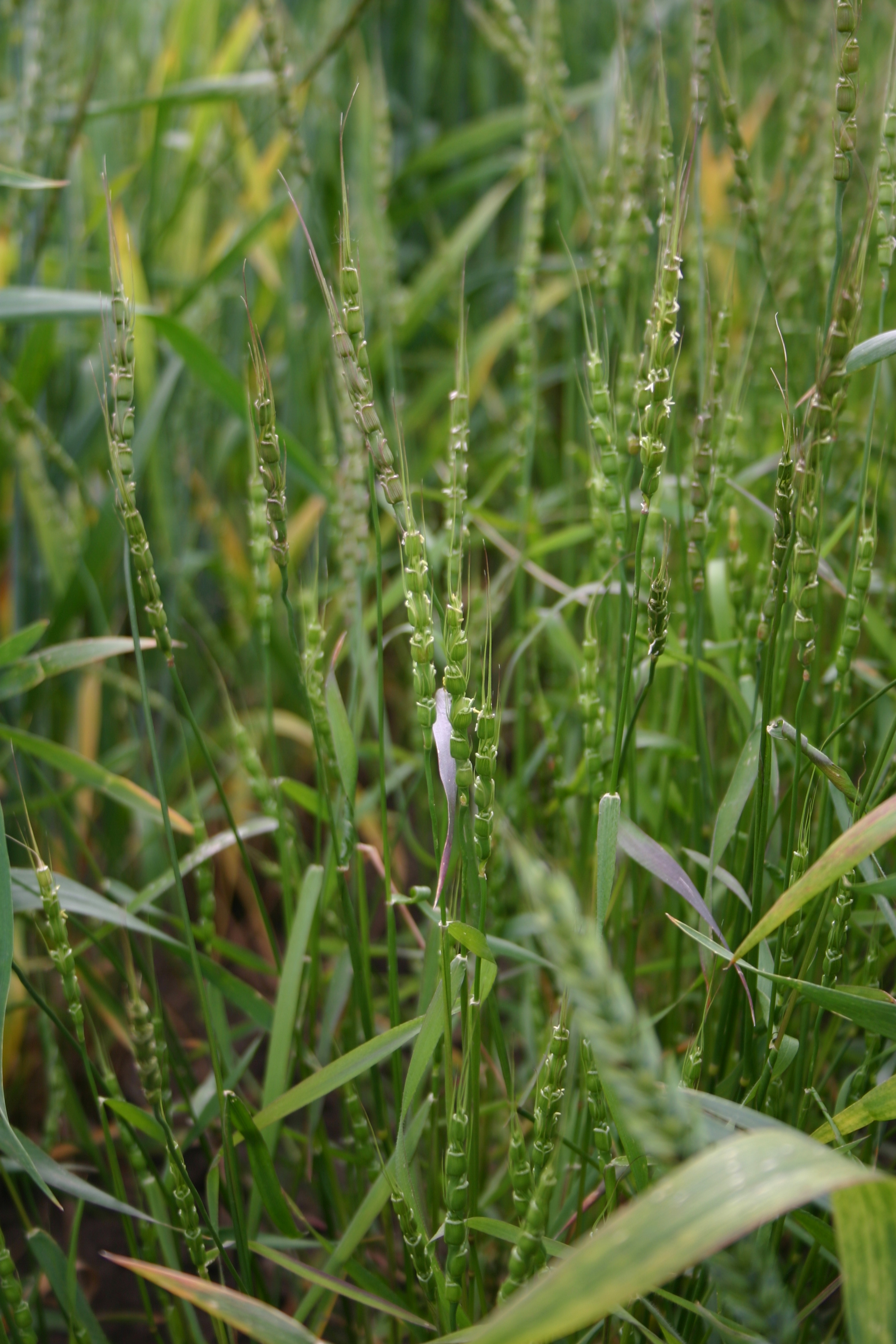|
The future of our crops is at risk in conflict zones, say Birmingham scientists
Birmingham, United Kingdom
September 8, 2014
Wild species related to our crops which are crucial as potential future food resources have been identified by University of Birmingham scientists, however, a significant proportion are found in conflict zones in the Middle East, where their conservation is increasingly comprised.
Presenting the research on Wednesday 3 September at the British Science Association’s press launch for the upcoming British Science Festival, the scientists announced that they have identified ‘hotspots’ around the globe where crop wild relatives (CWR) – species closely related to our crops which are needed for future crop variety development – could be conserved in the wild in order to secure future global food resources.
The hotspot where CWR are most concentrated is in the so-called ‘Fertile Crescent’, which is situated in the Middle East, arcing around the Arabian desert from Jordan, Palestine, Israel, Syria, Lebanon, Turkey and ending in Iraq and Iran.

Sugar beet’s CWR Beta maritima
Climate change, along with a steady rise in the human population is forecast to have a detrimental impact on crops that are grown for food. The wild relatives of crops, however, contain many useful traits such as drought tolerance, yield improvement, and resilience to pests and diseases. These wild species can be used by plant breeders to create stronger, more resilient crop varieties which will help to underpin future food security.

Wheat’s CWR Aegilops tauschii
Now a comprehensive database of globally important CWR exists, thanks to this study. The inventory lists 173 crops and their 1667 priority wild relatives, along with their particular traits. For example, the crop wild relative of the wheat crop, Aegilops tauschii, is resistant to Hessian Fly which is pest of cereal crops; Saccharum arundinaceumis a relative of sugar cane and can survive very low temperatures, and Prunus ferganensis, the crop wild relative of peach, is tolerant to drought conditions. Globally, the highest concentration of CWR per unit area is found in Syria and Lebanon.
Research at Birmingham has shown that 12 per cent of CWRs are threatened with extinction and all are likely to be already suffering a loss of genetic diversity due to habitat loss and alteration, conflict, intensive agriculture, urbanisation, and mismanagement of the environment. However, until now, there has been no attempt to systematically conserve the diversity of this important global resource.
A new initiative led by the Food and Agriculture Organisation of the UN, with help from scientists at the University of Birmingham, will, for the first time, plan and implement effective conservation of these priority plant species in the countries where they are found. The Birmingham scientists are now working on a strategy to conserve CWRs by identifying and promoting the establishment of managed conservation sites in the wild, while taking samples and placing them in gene banks as a safety back up, where the genetic material can be kept for up to 300 years.
The team is currently negotiating with governments in the Fertile Crescent to highlight the plight of these species and to try to implement ‘in situ’ conservation in the hotspot areas.
Dr Nigel Maxted, lead investigator from the University of Birmingham’s School of Biosciences, said: ‘There has previously been no opportunity to systematically conserve and use CWR as there was a lack of clarity over their identities and distribution. By creating an inventory of globally important CWR we can discover which countries and regions are the richest in terms of priority CWR, and more efficiently plan and coordinate conservation efforts to ensure their survival.
‘It is very important that we conserve these species in secure gene banks, but it is critical to conserve them in their natural habitat as they will continue to adapt to changes in the climate as well as threats from pests and diseases.’
‘The global population is now 7 billion and by 2050 it will be 9 billion so it is now even more crucial that we conserve crop wild relatives as part of the wider need to address global food security issues.’
As well as the abundance of CWR in the Fertile Crescent, many CWR can be found in the UK including the wild relatives of sugarbeet, asparagus, raddish and wild garlic. The Birmingham team is now working with Natural England to identify an area where CWR can be conserved in their natural habitat in the UK.
Table of crops, their wild relatives and where they are found.
| Crop |
CWR |
Trait of CWR |
Location of CWR |
| Sugar beet |
Beta maritima |
Salt tolerance, drought tolerance |
UK, Portugal, Spain, Algeria, Egypt, Libya, Morocco,
Cyprus, Israel, Jordan, Lebanon, Syria, Turkey,
Azerbaijan, Sweden, Belgium, Germany, Netherlands, Albania,
Bulgaria, Croatia, Greece,
Italy, Ireland, Montenegro, France, Tunisia |
| Carrot |
Daucus carota subsp.
gummifer |
A source of cytoplasmic male sterility |
UK , Spain, France, Portugal, Libya, Morocco |
| Wheat |
Aegilops tauschii |
Hessian fly resistance |
Syria, Turkey, Russia, Georgia, Armenia,
Ukraine, China, Afghanistan, India, Iran, Kazakhstan,
Kyrgyzstan, Pakistan,
Tajikistan, Turkmenistan, Uzbekistan, Azerbaijan, Iraq |
| Rice |
Oryza coarctata |
Salt tolerance |
Bangladesh, India, Pakistan, Burma |
| Sugarcane |
Saccharum arundinaceum |
Low temperature tolerance |
China, Japan, Taiwan, Bangladesh, Bhutan,
India, Sri Lanka, Laos, Burma, Malaysia, Thailand,
Vietnam |
| Peach |
Prunus ferganensis |
Drought tolerance |
Tajikistan |
| Potato |
Solanum kurtzianum |
Cyst nematode resistance |
Argentina |
| Sunflower |
Helianthus deserticola |
Downy mildew resistance |
USA |
Images of two crop wild relatives:
More news from: University of Birmingham
Published: September 8, 2014 |